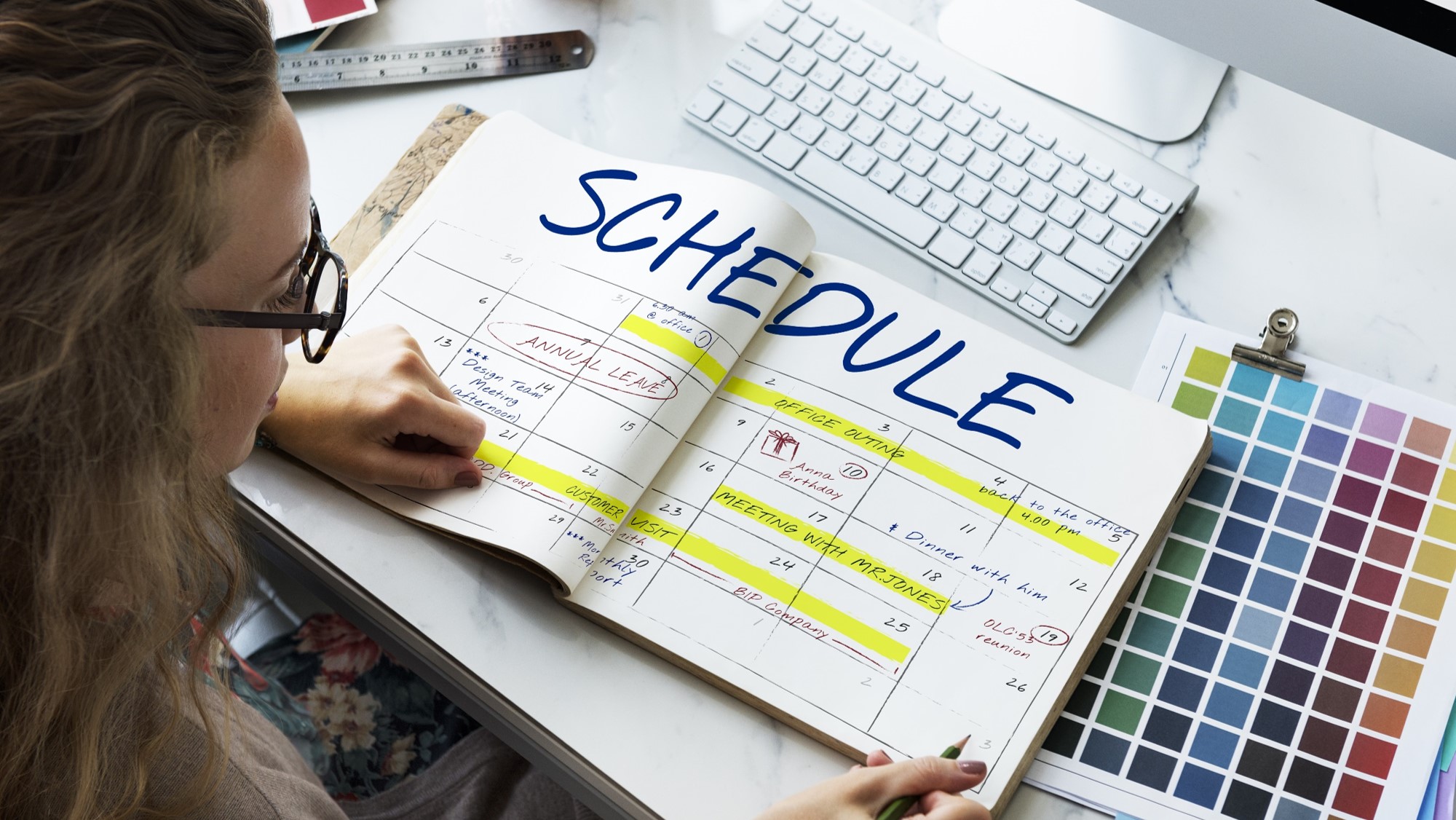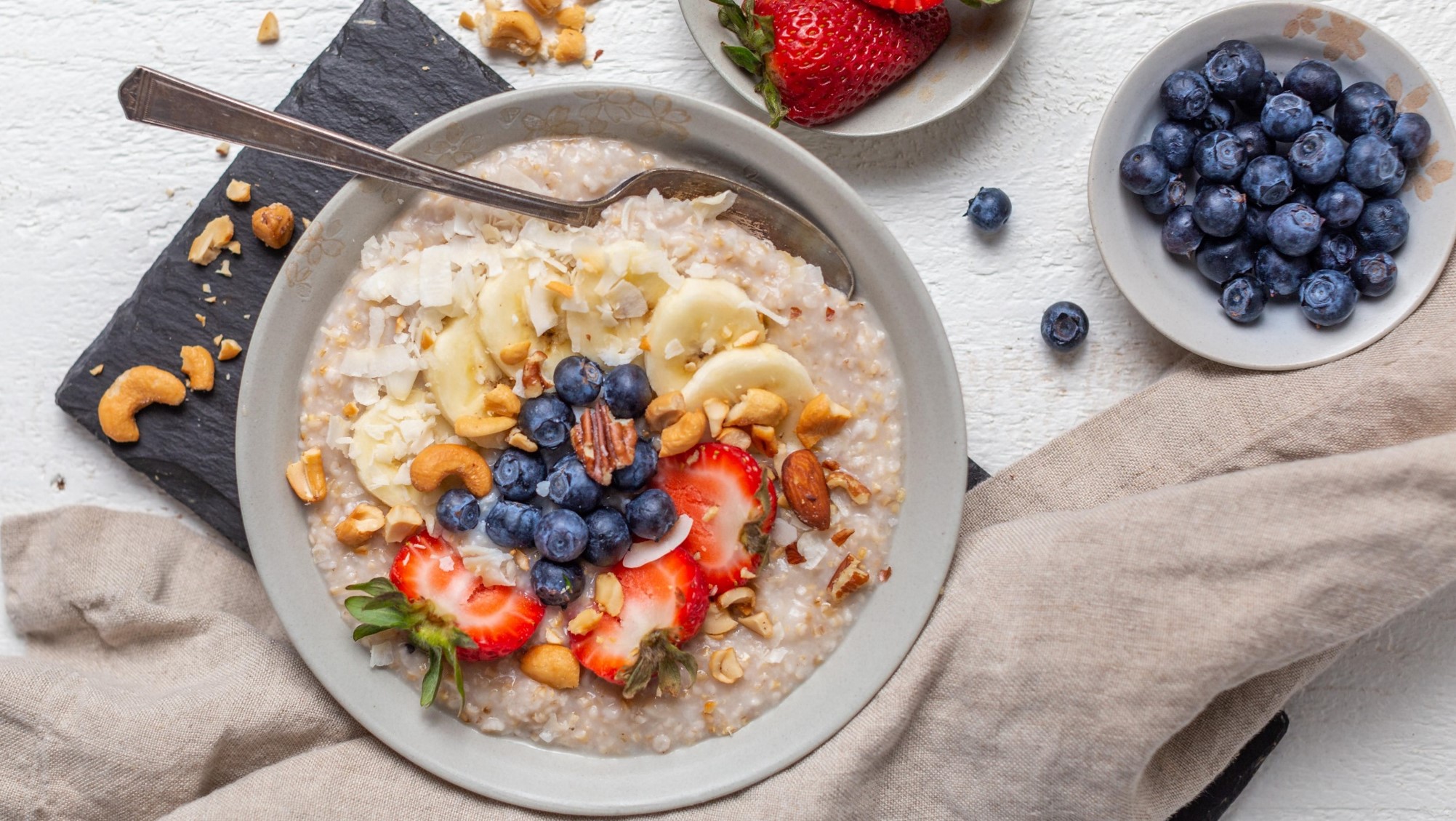If you have a passion for skincare, it is no surprise that food is often incorporated into skincare products. However, food plays an integral part in the natural complexion of your skin. Similar to drinking water, various foods can target certain aspects of achieving healthy skin such as hydration, clarity and nourishment. Below we break down the 101 on incorporating foods into your skincare routine.
Add Avocado to Your Routine
If you’re as avocado obsessed with us, this is nothing but good news. Among its long list of benefits, avocado is great for keeping your skin moisturized and supple. Avocados have high levels of vitamin E and monounsaturated fats, which allows your skin to create a barrier and retain its natural moisture. The reason why avocados are important to healthy skin is due to the vitamin E. Essentially, vitamin E consists of antioxidants and has the ability to protect your body from oxidative stress. According to Healthline, oxidative stress occurs when there is an imbalance between the body’s antioxidants and oxygen molecules. A couple outcomes of oxidative stress include inflammation and aging. So, if keeping your skin full of life is a priority for you, load up on those avocados! By no means do you have to only eat avocado on its own. In fact, one of our favourite ways is to add it to a breakfast sandwich!
Oats to Help Your Skin
While there are many skincare products containing oats, they work wonders when you eat them too! Oatmeal naturally contains vitamin B-6, which in turn helps with the balance of stress and depression. It is no secret that stress, anxiety and depression can lead to impurities of your skin such as acne, wrinkles and rapid aging. Thankfully, the vitamin B-6 levels in oatmeal aid in the reduction of stress and increase of serotonin. If you do not typically start your day off with oats, they are super easy to implement into your daily diet. One of our new favourite ways to enjoy our steel cut oats is by adding savoury ingredients. Our savoury oat bowl is perfect because you can cut out all added sugar (which has been linked to negative impacts on your skin). Who knew oatmeal had a place in your skincare routine?
Red Bell Peppers and Skincare
When it comes to keeping your skin firm and strong, red bell peppers are probably the best food for the job. Red peppers are extremely high in vitamin C, which in turn creates collagen. Collagen is extremely important for your skin as it assists with keeping it firm, hydrated, and reduces fine lines. Keeping your skin bright and youthful is something we all aim for when forming a skincare routine. However, an effective collagen serum can range anywhere from $20 to over a couple hundred. While that might be affordable for some, we firmly believe a healthy skincare routine and feeling good should not cost a bundle! What better way to increase your collagen levels than to grab a bunch of red peppers for a few bucks? To make things even easier for you, we have a stuffed pepper recipe you are sure to love.
Save Your Skin with Tomatoes
If you enjoy spending time in the sun, we recommend introducing tomatoes into your weekly diet. Tomatoes contain a carotenoid called lycopene and can prevent anti-aging of your skin due to sun damage. While this does not mean you can stop wearing sunscreen, it does mean you can take extra precautions to protect yourself from sun damage. According to Women’s Health, lycopene levels in tomatoes increase when they are heated and cooked. Our Egg White Patty Pizza recipe is an easy way to use tomato sauce – eat some pizza and protect your skin at the same time!
Your Skincare Routine and Walnuts
If you don’t have a nut allergy, walnuts might become your new favourite snack. Walnuts are packed with various vitamins and minerals including Omega-6 and zinc. Omega-6 is a healthy fat that your body loves because it helps limit inflammation – bye bye puffiness! The zinc in walnuts does wonders as well. Zinc aids in forming your skin’s natural barrier to keep bacteria out. This is great if you have acne-prone or sensitive skin and want to keep your pores clear of unwanted bacteria. We recommend adding walnuts in their natural state to snack plates like these. Other ways you can introduce walnuts into your meals include adding them to your oat or yoghurt bowls.
Next time you’re thinking of adding a new product into your skincare routine, we suggest adding the above ingredients into your diet. There are so many benefits to adding whole foods into your diet and now you can focus on skincare through your meals! Focusing on what you eat can definitely help you avoid overspending on those pricey skincare products too. We hope you adopt this new approach and implement food into your skincare routine!


